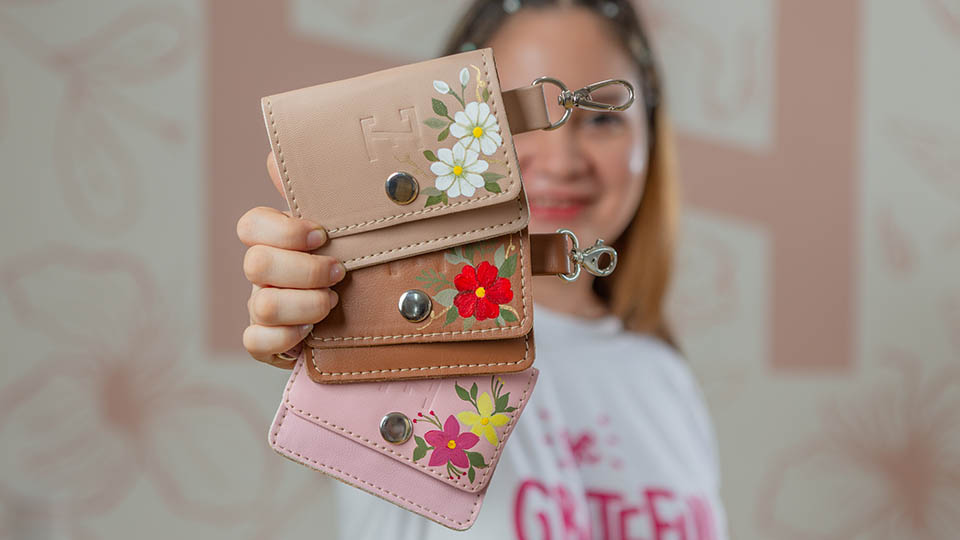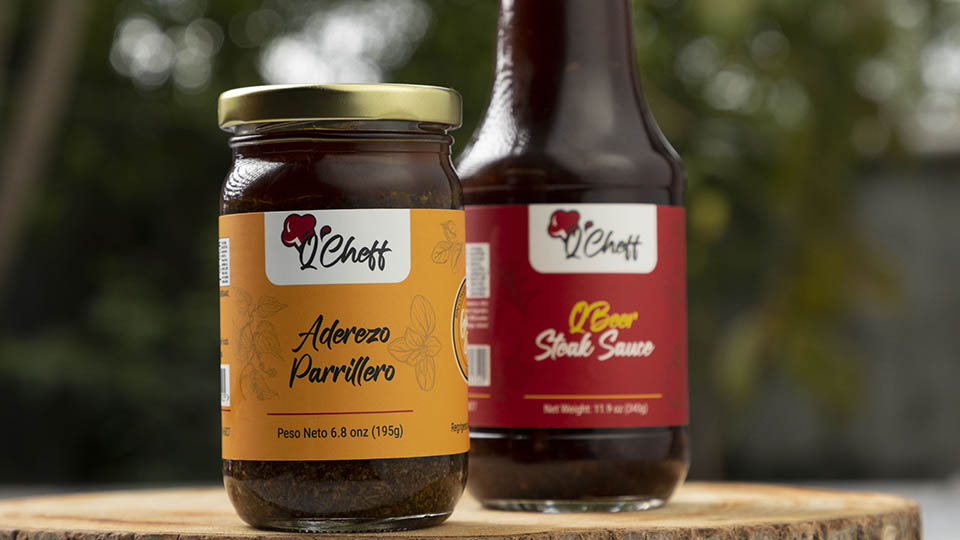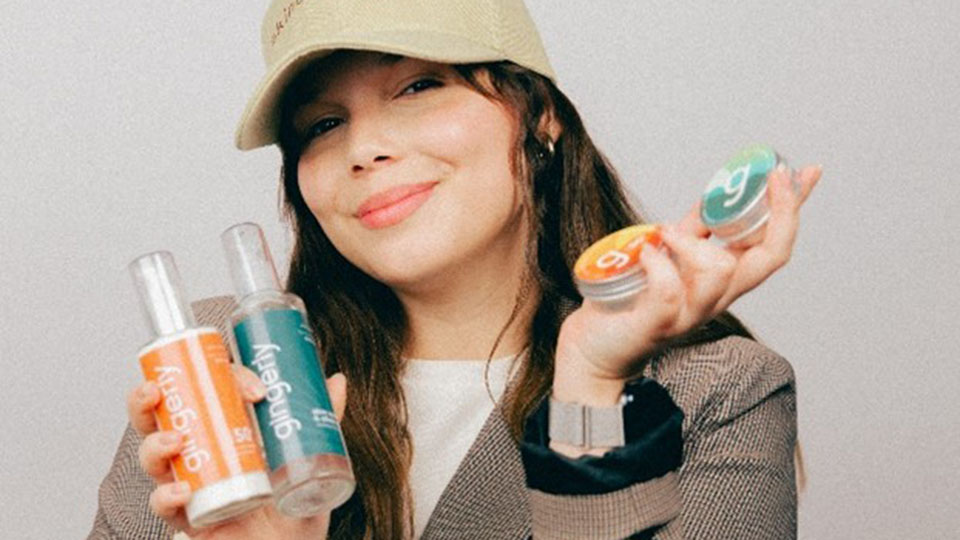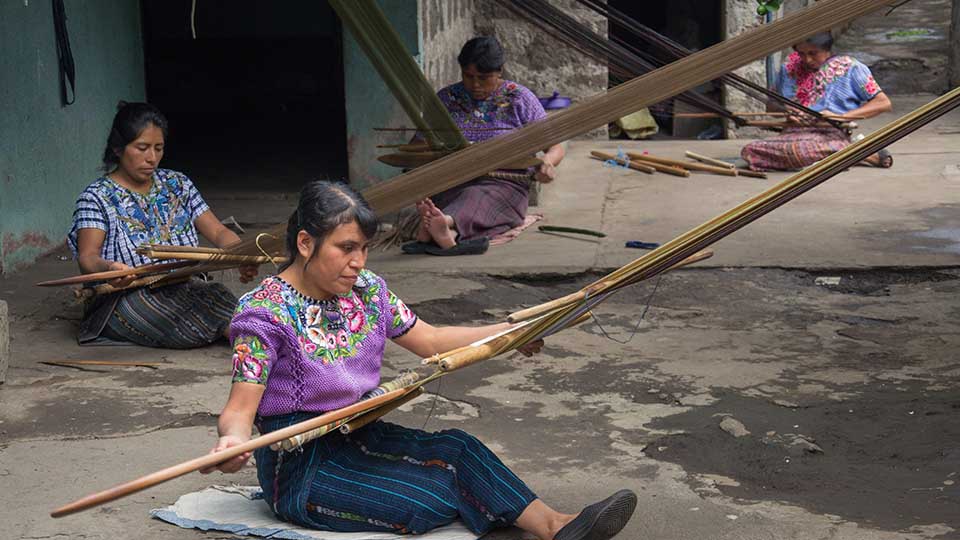Curetex is an eco-friendly washi fabric made using a patented manufacturing method
As public concern about climate change and habitat destruction grows, businesses are coming under increasing pressure to reduce their environmental impact and adopt sustainable practices. One sector firmly in the spotlight is the fashion industry. Clothing manufacturers are responsible for approximately 4 percent of global greenhouse gas emissions, one fifth of all industrial wastewater and over a third of the microplastics polluting our oceans. These impacts have been exacerbated by the aggressive growth of fast fashion over the past two decades, which promotes mass production over durability. The result is that many fast fashion outfits are only worn once or twice before being discarded.

Transforming washi paper into sustainable fabrics
One company addressing these challenges is the Curetex Corporation. Curetex was founded in 2007 with the goal of making environmentally friendly fabrics using yarn made from traditional Japanese paper or washi. This presented the fledgling company with a challenge, as previous washi yarns had failed to recreate the natural softness and elasticity of other fabrics, such as cotton. This is why many washi fabrics on the market are in fact washi–cotton blends.
Undeterred, Curetex began experimenting with washi yarn. They discovered that by twisting the yarn three times, rather than the usual single twist, they could weave fabrics with a soft and elastic feel to rival cotton. In 2009, it established a factory in the city of Fukui, on Japan’s west coast, to capitalize on this innovation. The company now uses this unique yarn to produce a wide range of durable fabrics and eco-friendly clothing, including comfortable face masks, sturdy denim clothes and even coffee filters.
Curetex’s sustainable fabrics are naturally UV-resistant and anti-microbial thanks to chemicals in the abaca plant from which its washi is made. The company’s eco-friendly fabrics are also very effective at wicking moisture, which not only increases the wearer’s comfort but also reduces unpleasant odors. These qualities have led Curetex to win the bid for aerospace clothing to be carried in a Japan Aerospace Exploration Agency (JAXA) mission to the space and produce washi fabric socks.
Compostable Fabric with Smart Agriculture in mind
Beyond textile manufacturing

of the many products it makes from washi
yarn.
Curetex’s environmentalism extends beyond the weaving of its sustainable fabrics. The company’s dyeing process, for instance, eschews artificial products for natural dyes from cherry blossom, Japanese cypress, spinach, wild sesame and blueberry. The “all-natural” fabrics are also highly biodegradable and can be composted into nutrient-rich soil in as little as three months. Bioplastic fabrics, in contrast, can take over a year to break down fully.
Embracing a spirit of mottainai – a Japanese phrase meaning ‘use what can be used’ – Curetex has harnessed the biodegradability of its fabrics to create the CureSheet, a sheet of washi fabric specifically designed for soil cultivation. The company even owns a farm where it uses washi fabric to grow vegetables for vegan, gluten-free and halal meals – diets can be hard to maintain for people visiting Japan. In 2018 Curetex opened a halal kitchen to cater to Muslims visiting Japan.
Curetex – a promoter of regional growth in Japan
Curetex’s innovative and wide-ranging promotion of Japanese products has been met with growing recognition and fueled commercial expansion. In 2017, the company was officially named by Japan’s Ministry of Economy, Trade and Industry as a promoter of regional growth. In 2021, Curetex opened a new factory, twice the size of its original Fukui factory, in the port city of Niigata.

Protecting Curetex’s intellectual property around the world
The Curetex team is aware that the company’s continued expansion will depend not only on quality products but well-protected intellectual property (IP), including both its brand and its manufacturing technologies. The company’s IP portfolio currently consists of two patents, two designs and several trademarks. Interestingly, the washi yarn manufacturing technologies at the heart of Curetex’s business are not patented but are trade secrets. The company has instead chosen to patent its application technologies used to turn washi yarn into agricultural and water cleaning materials.
As part of the company’s ambition to expand overseas, in 2020 Curetex also registered its logo in China, South Korea, the United Kingdom, the United States and the European Union under WIPO’s Madrid System. The Madrid System allows a trademark to be registered in up to 128 countries using only a single application and set of fees, greatly simplifying the process of international trademarking.

A company-wide interest in IP
Curetex’s use of trade secrets means that the company needs to actively protect its IP with confidentiality agreements. To ensure this, Curetex has an IP team responsible for educating colleagues on all relevant aspects of IP. All members of the IP team have themselves undergone the Intellectual Property Management Skills Test, a national examination that certifies IP-related problem-solving expertise.
This company-wide promotion of IP knowledge not only better protects Curetex’s innovations, but encourages improved communication between staff. “Familiarity with IP throughout the company – not just among management and the IP team – is encouraging more and more colleagues to spontaneously participate in discussions about company management, and their knowledge about IP is making these discussions more active across the teams,” says Ayumi Fujishiro, a Group Manager of Curetex’s Corporate Division.

Curetex hopes that this widespread understanding of, and interest in IP will support and protect the company as it seeks to expand its business in Japan and abroad. Through a combination of protected innovation, clear branding and mottainai spirit, Curetex aims to offer a truly sustainable alternative to fast fashion.



